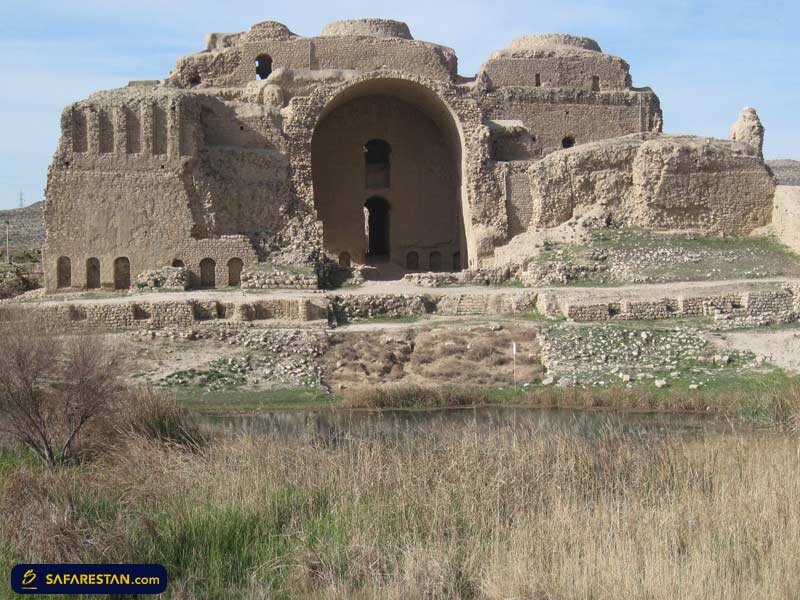Ruins of two Sassanid forts to be demarcated in southeast Iran

TEHRAN – The ruins of the Sassanid era (224 CE–651) forts, locally named Qaleh Dokhtar and Qasr-e Ardashir-e Papakan, will be demarcated soon in the southeastern Kerman province.
Several archaeological trenches will be dug to scientifically pave the way for the determination projects to define their legitimate boundaries and properties aimed to extend support and maintenance.
“Unfortunately, the mentioned fortresses are [currently] positioned within the [modern] urban areas [of Kerman] where many constructions can be seen in surroundings of the ancient monuments,” Freydoun Fa’ali, the provincial tourism chief, announced on Wednesday.
Such [illegal] constructions have been caused troubles for the landowners in this area, the official added.
Therefore, one of the main reasons for the revise [of a previously-conducted demarcation] is to precisely determine legal boundaries and properties as well as the associated criteria based on a fresh archaeological survey, Fa’ali explained.
On dun-colored ridges at the eastern edge of Kerman (the provincial capital) rise the lumpy outlines of the two timeless mud-fortress ruins.
This area would have been Kerman's most ancient settlement – while there's not a great deal left to see, the surrounding wasteland retains a small selection of older buildings, including a huge, recently restored beehive-shaped ice house.
Qaleh Dokhtar (literally meaning the Maiden Castle) was reportedly made by upon the order of Ardashir I, the founder of the Sasanian Empire in ca. 209 CE. The nearby Palace of Ardashir Papakan (Qasr-e Ardashir-e Papakan) was built in 224 CE by King Ardashir I as well.
Under the Sassanians, Iranian art experienced a general renaissance. Architecture often took grandiose proportions, such as the palaces at Ctesiphon, Firuzabad, and Sarvestan. According to Encyclopedia Britannica, one of the most characteristic and striking relics of Sassanian art are rock sculptures carved on abrupt limestone cliffs, for example at the historical sites Bishapur, Naqsh-e Rostam, and Naqsh-e Rajab.
Metalwork and gem engraving became highly sophisticated. Scholarship was encouraged by the state, and works from both the East and West were translated into Pahlavi, the language of the Sassanians.
AFM/

Leave a Comment